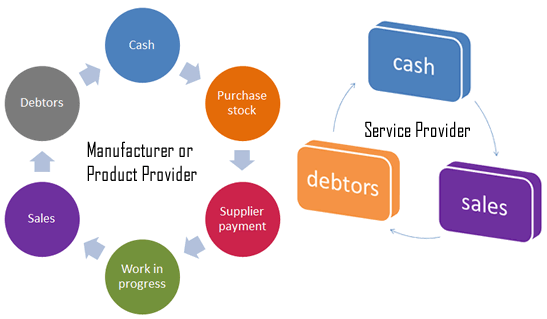Too big to fail?
Another week, another high-profile corporate collapse reported, this time in the UK construction sector, with the group in question having reported very strong growth in its 2016 revenues to well over £5 billion, growth in its underlying profit before tax, and an increased dividend.
How so?
On closer inspection the company also reported an increase in payables and net borrowing, and indeed the group had a progressively troublesome amount of debt on its balance sheet overall, as well as a creaking pension deficit (it’s interesting and perhaps instructive how people only seem to analyse these matters after a corporate failure).
How does a business employing tens of thousands of people and reporting a profit until relatively recently suddenly collapse?
Ultimately the answer is the same way any business or individual becomes insolvent, which is to say, not having the cash to meet commitments as they fall due.
Cash is king
The phrase ‘cash is king’ often refers to the importance of cashflows in assessing the health of your business or personal finances.
Most (though increasingly it seems not all!) companies aim to make a profit, since a profitable bottom line allows a business to reinvest, expand, or attract financing.
However, expansion can also bring a risk of overtrading – expanding operations too quickly or aggressively – which can put pressure on working capital and lead to liquidity problems.

4 ways to remain solvent
Businesses and individuals should never neglect the minutiae, but in the simplest terms these are 4 of the key ways to manage cashflows and stay solvent:
(i) Get paid quicker – invoice on a punctual basis, ensure you have timely payment terms, & chase late payments (if you’re ineffective at this task, pay someone else to do it);
(ii) Manage commitments – keep commitments, creditor balances, and debt under control – review them regularly and benchmark against alternatives as often as appropriate;
(iii) Control WIP & debtors – be mindful of overtrading risk and/or holding too much inventory or WIP, and be wary of one or two key customers running up large debtor balances – credit checks may be appropriate in some cases, as customer concentration risk can prove to be a classic cause of business failure; and
(iv) Forecast cashflows – budgeting & forecasting is inherently tedious, yet awareness of commitments and when they fall due is vital. Maintain buffers for unforeseen costs.
Growth is a worthy aim – if you’re not growing you’re dying, as the adage goes – but extra leverage or activity can bring associated risks.
Remember, then, that while profit is preferred, cashflow is critical!






